Give me 30 minutes rest, little drink of water.
Give me 30 minutes – and I can fight with anybody.
– Khabib Nurmagomedov
Rest. Rest. Rest! And then rest some more. It is no coincidence that this is the first element of training that we cover in detail. Not only the first but in terms of a structured training plan also the most important. But, surprisingly, for an enthusiast-cyclist, the most difficult to accept and master. So, make sure to carefully read this article.
Let’s jump into our pajamas!
The essential kind of rest, something that almost each and every day begins and ends with, is sleep. It greatly affects the mental and physical abilities of a person, but it is also a well-known fact. That is why, for now, we will skip a detailed analysis of this aspect of resting, but we will definitely give it full attention in a series of articles on ultradistance and audax rides.
So, now we’re going to talk about rest in terms of the training plan. You will be surprised that, in this sense, there are several types of rest: weekly rest, monthly rest, unplanned rest, annual rest and active recovery.
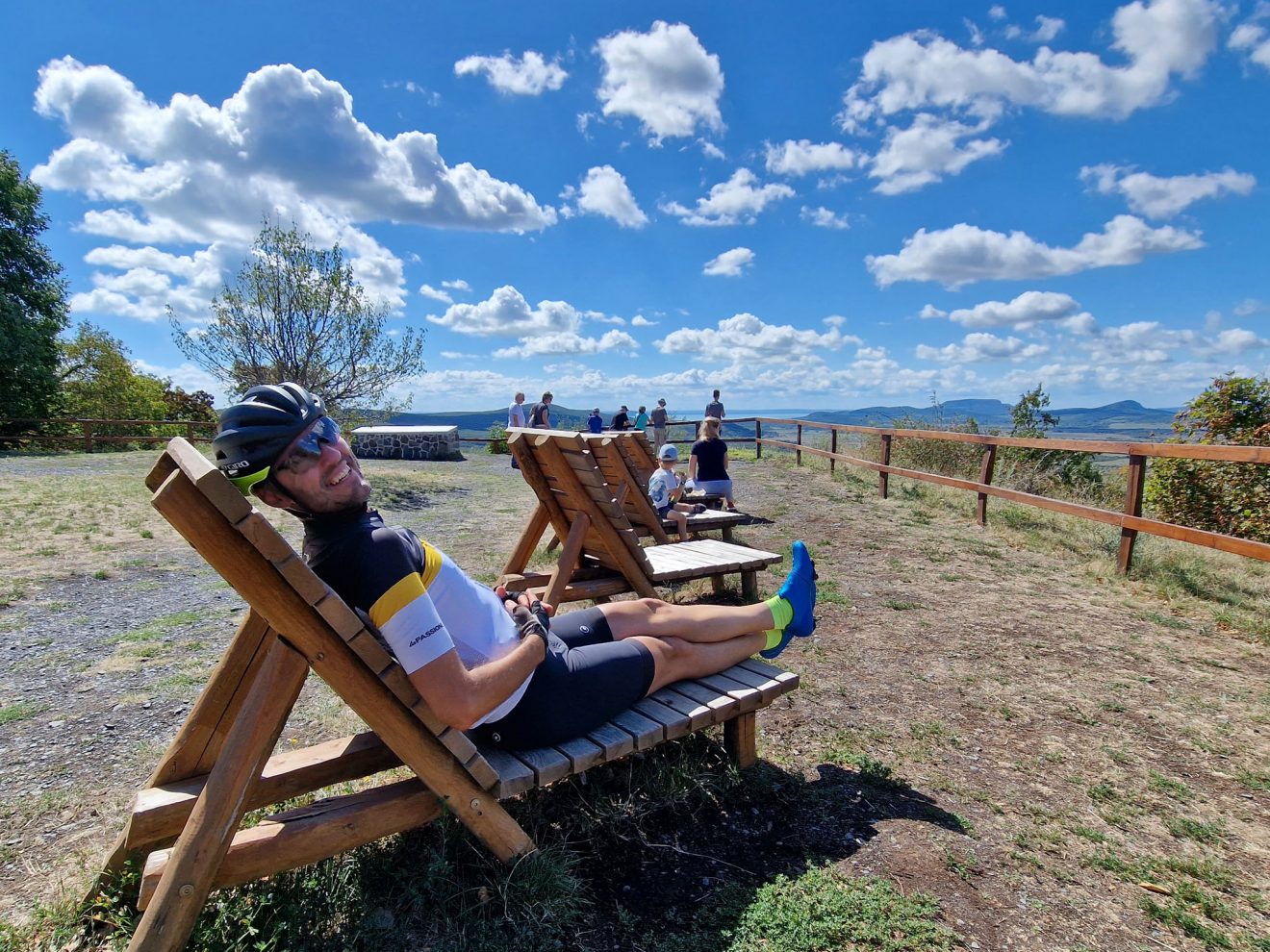
But before continuing, let’s go back to the beginning – the very core and concept of the training process. By inducing stress on the body, we force it to gradually adapt and improve its performance. We don’t get in shape by training alone, because a well-executed intensive training is actually significantly taxing and exhaustive for the body. Adaptation occurs during the rest and recovery phase and that’s why rest is an extremely important component of the training process.
I cannot emphasize how important rest is, because the lack of adequate and quality rest can lead to serious disturbances in the functioning of the body, even to the extent that this topic deserves a separate article.
Annual rest
As the season is initially planned at the macro level, after which we go to the micro level of the weekly training plan, we will first look at the season globally.
When the term “annual rest” is mentioned, most people will think of a summer trip to the seaside. But no, we are talking about the road racing cycling season here, which in the Northern Hemisphere of the globe lasts from the end of February to the middle of October. With the addition of races that are run in South America, the Middle East and Australia, the season has been extended and so it begins already at the beginning of February and ends at the end of November.
By the way, going to the seaside in the middle of the cycling season is the worst thing you can do to your coach, but also to your preparation for the competition.
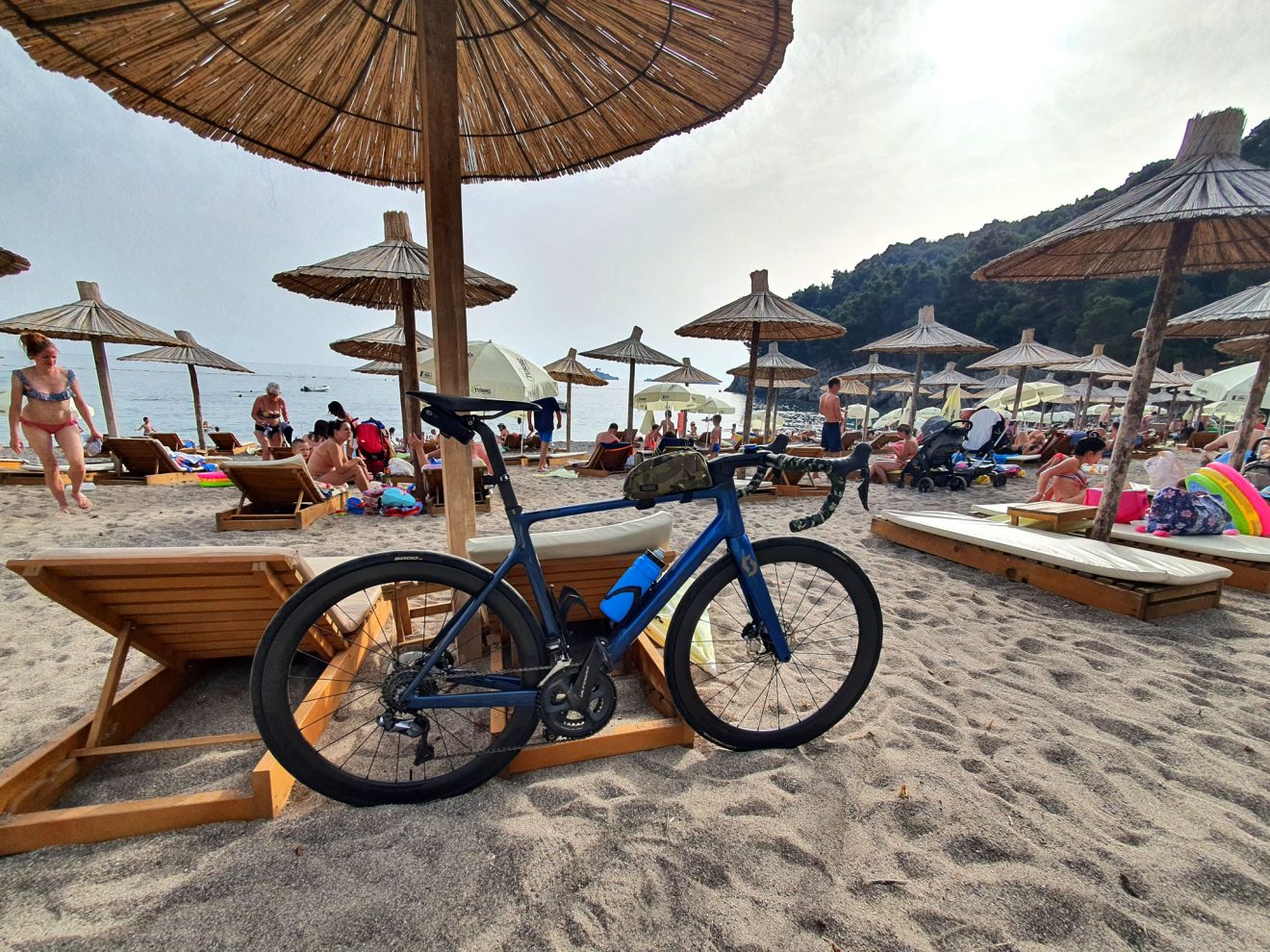
Anyhow, even if you are not a licensed racer but an enthusiast and adventure cyclist, most of the cycling events you will attend take place in the period from spring to autumn and the amount of riding outside on the road in general will depend a lot on the available daylight and the weather conditions that a particular weather season brings with it. From this, you would deduct that it is logical that any significant break in training would take place during the winter, right?
Wrong! During the winter, the training program is well underway, which does not necessarily focus on cycling – and that is winter preparations. Therefore, the annual rest is practiced before winter – in early or mid-November.
What does this period look like? It couldn’t be simpler – for 10 to 15 days you do absolutely nothing that has any significant intensity, that is, you practically rest from training. Of course, you don’t jump into the annual rest suddenly, but after gradually reducing the quantity and intensity of riding on weekly basis. The plan is to “reset” your mind and body and start preparations for events and achievement during the next season, completely fresh and full of energy.
Like everything in life, until you try and feel the benefits of this approach, you will not be able to understand that the absence of training in this period does not mean that you are missing out on something but on the contrary – that you are gaining in the long run. Of course, this implies that you train hard for the other 50 weeks of the season :).
The annual rest is also important for your bicycle. As this is the only period of the year when you won’t be using it at all for a couple of weeks, it’s the ideal time to take it in for its mandatory annual service, which includes checking and replacing all worn parts, as well as preventive replacement of the main consumable parts, so the bike is completely ready for the next season. If you are planning to change your bike, then this is certainly an ideal period for such an endevour. Also, it’s a good idea to use this time of year to replenish and replace worn-out cycling equipment, especially because of the discounts that take place during November and December.
Monthly rest
Unlike annual rest, monthly rest is not rest in the strict sense of absence of training. In this case, the weekly training plan is grouped into a block of four weeks, where the fourth week is characterized by a slightly reduced volume and intensity of training compared to the previous three. This ensures that the body doesn’t become oversaturated with training prior to the most important races or events.
In the same way, an easier week is planned during the week preceding important events, as well as after them, because it is important to appear at the race with “fresh legs” but it is also necessary to recover well after it, in order to continue the training process and preparations for the next events. Of course, there is a risk that with too much rest the body will fall out of the optimal training rhythm. So, when it comes to timing form and freshness for a particular event, it’s all about finesse.
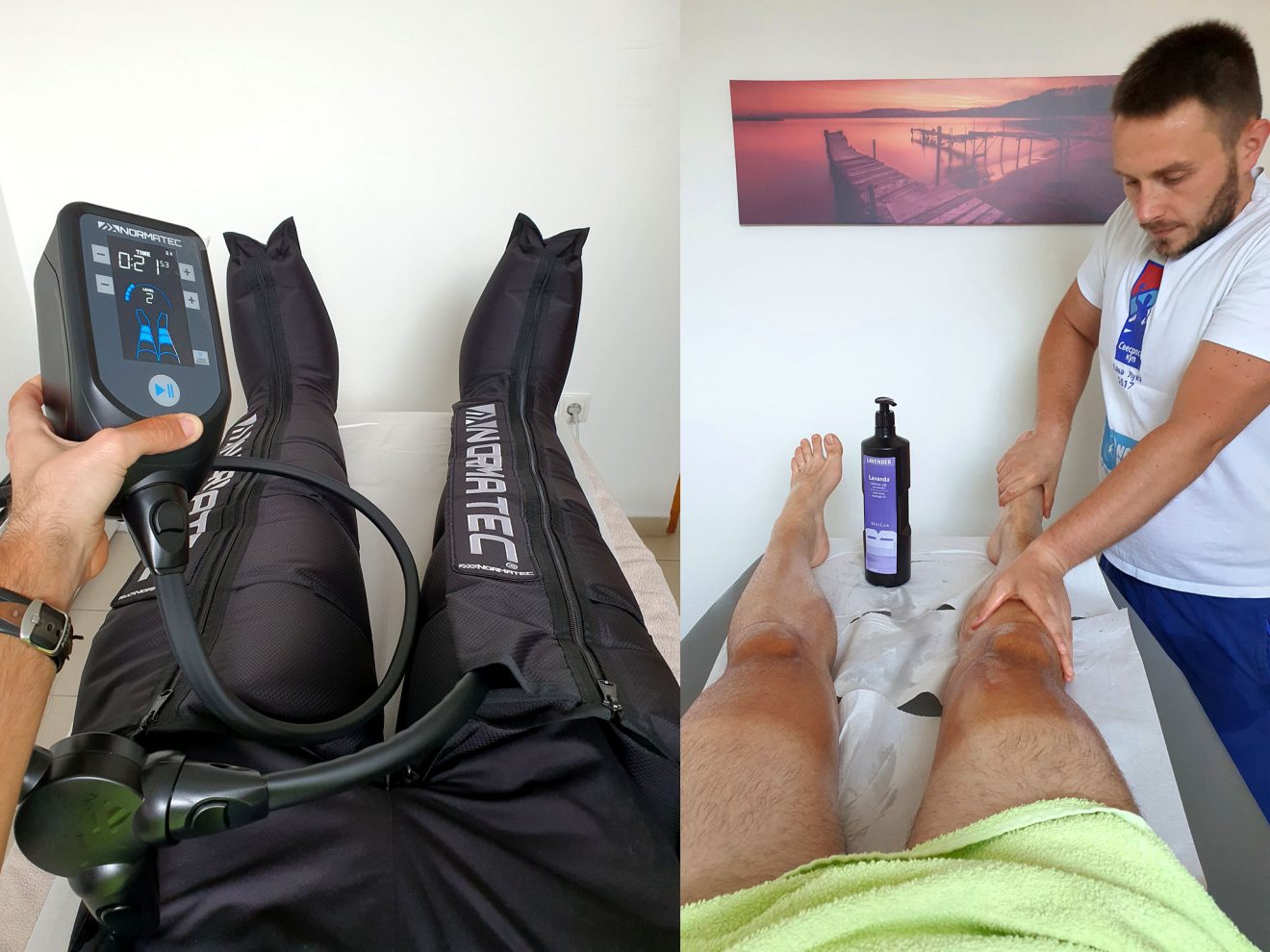
During the aforementioned easier week, you will have some time for additional recovery activities. This means that if you aren’t able to go to a physiotherapist for a check-up and massage once a week, you should practice it at least once a month.
Likewise, just as you use your annual rest for a major bicycle service, during this easier week you should perform a regular routine check of the bicycle, so that unforeseen situations do not occur in moments when it is least expected or wanted.
Weekly rest
We’ve now reached the micro level, i.e. week, and therefore the basic and most important rest – rest on a weekly basis.
Depending on the training concept, your trainer may prescribe you with one or possibly two rest days per week. In this case, rest means TOTAL REST. A day off. Without any significant physical activity, let alone training. I mention this because it is very easy to ruin this extremely important day.
If you fully follow the weekly training plan, you will definitely not be able to ride that day and you will only want to lie down and rest – both your legs and your heart – and after the rest you will figure out that you really needed it. It would be preferable to use this day off to visit the physiotherapist, as well as pay some attention to the bike, to thoroughly wash it and lubricate the mechanical components, so that it is fully ready for further training.
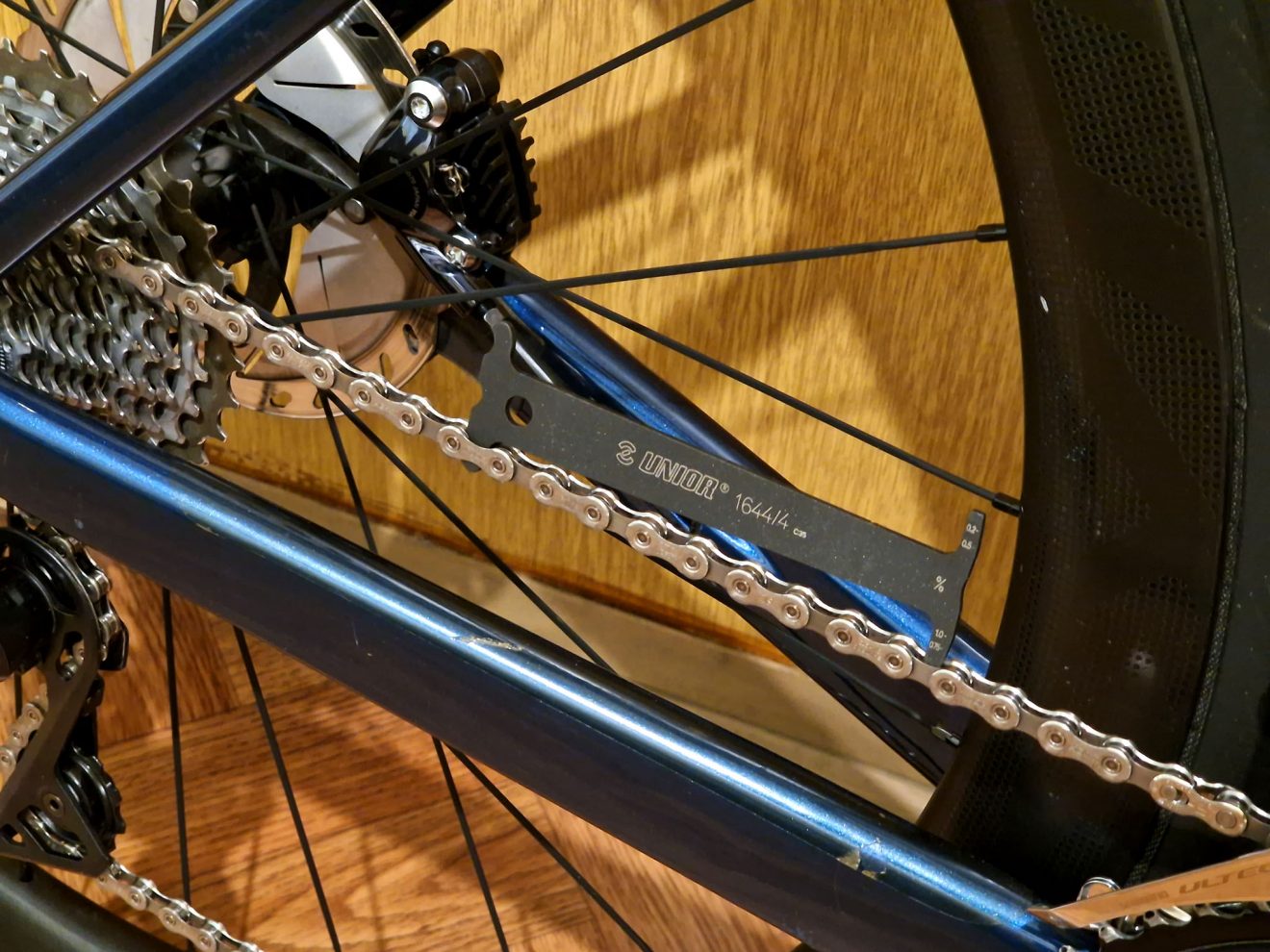
The problem arises if you skimp on training and then on your rest day you don’t feel too tired and you feel like going for a ride. Or even worse – you are tired, but the weather is nice, so you decide to go on a random aimless ride, because of which you won’t be able to do quality work during the next week of training. Or – like many people think of a day off – if they are not going on a ride, they can use their free time for something else and that “something else” might happen to be running, hiking or all-day physical work of some kind. No! Stop! Pull the handbrake!
So, the point is that, when you’re training – it must be done seriously, without hesitation. When you rest – you must rest well.
Unplanned rest
If something is unplanned, it means that it needs to be dealt with on the go. Thus, rest of this type is inserted as needed – whether it is consequential, due to the need for additional recovery after an event or a due to a subjective feeling of your physical and mental state – or due to an injury, illness or some external factor that directly affects the training plan, which cannot be prevented (e.g. an unplanned unavoidable trip or a major problem with the bike).
Simply, it happens from time to time and it is necessary to adapt both yourself and your further training plan to the given circumstances, in order to get the most out of such situation, whether it is recovery from an injury or if you’re very tight with time available for preparation, in order to show up at the planned event ready.
Active recovery
The concept of active recovery is reflected in the fact that it is useful to gently spin the legs after some very intense riding – especially after a race. This helps limit the build-up of lactic acid in muscles and shortens recovery time, which is why you can see professional riders immediately jump on turbo trainers after a race, especially after a stage of a multi-day race, and spin gently for 15-20 minutes to calm their heart rate and muscles.
If the conditions are not suitable, then the active rest or compensation, as it is also called, can be perform as a standalone activity in the evening or even the next day, whether it is on the road or on the turbo trainer.
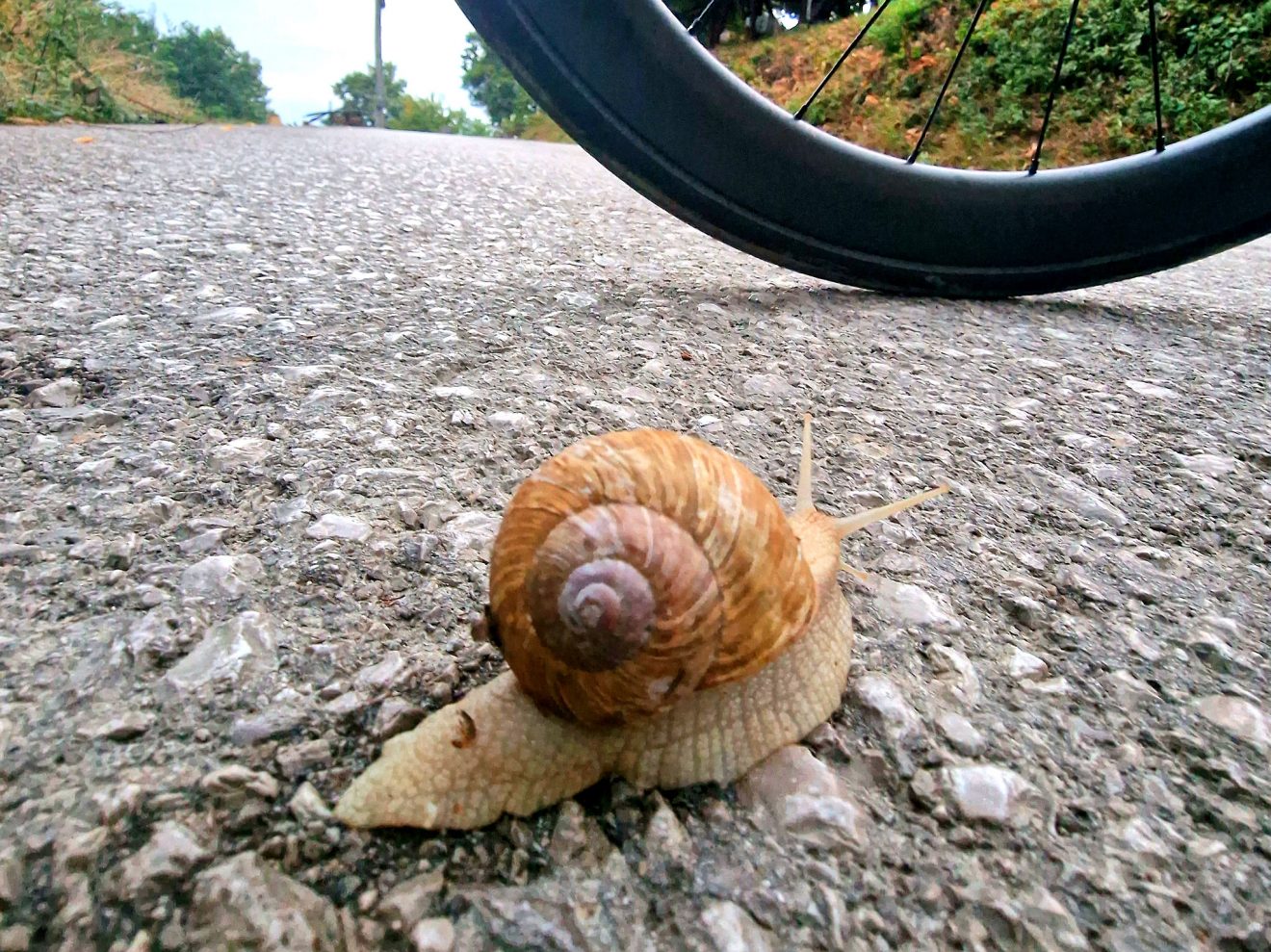
In any case, the point is to do a quick spin using light gearing, with a slightly higher cadence, heart rate in Z1 or maybe lower Z2, obligatory on a flat route and lasting no longer than 60 minutes in total. If you do not comply with any of these parameters, then you will create a counter-effect, i.e. you get extra tiredness and extend the recovery time.
Just as it’s easy to screw up a rest day, it’s several times easier to turn active recovery into everything but recovery. E.g. it’s hard for you to accept that you have to get dressed up in order to go out for a ride lasting only an hour, so you decide to ride 2-3 hours anyway. And then there are also a couple of climbs on the route, so then you have to stomp on the pedals harder and your heart rate reluctantly goes to Z3 or Z4. Or – just as you’ve warmed up, you decide to attack a segment on the way home, in order to “at least do something”. Or – you don’t feel like riding alone, so join a group that, of course, doesn’t plan to ride like you should. Or you just can’t let a person on a regular bike keep up with you while you’re out on a recovery ride.
I can’t choose which of the above scenarios is the worst, because they are all equally bad. If you can’t discipline yourself to do active recovery properly, then it’s better to turn that day into a total rest – because you’ll benefit more from that than from a “junk” ride.
Summa summarum
I’ve given it a lot of effort to emphasize the importance of rest in a training plan but that doesn’t mean that excessive rest is good or desirable. One rest day per week is mandatory. Two rest days a week, even if they are two adjoined days off, can also prove to be extremely useful. Three days can be tolerated and are not alarming for the continuation of training, but anything more than three adjoined days off makes you start falling out of the training system and your form begins to decline.
At the beginning of the article, I said that it is more difficult to explain the need for rest to cyclists than to make them ride hard. This happens because any beginner cycling-enthusiast will approach cycling on the principle of “more is better” and generally without any structured plan. Of course, no one is born to all knowledge, but it is very difficult to explain to someone why it is logical that they should not ride a bicycle, whether it is for one day or 15 days, and that there is a proper time and place for everything, if that person doesn’t understand the subject at all or has never been involved with sports.

I’m sure you didn’t expect that rest, in the whole concept of training, could be such an important thing and especially not so complex, right? Just imagine how complex it is to create a training plan for a complete season – it’s roughly like putting together a puzzle set of 10,000 elements, where you additionally have to adapt “on the fly” to numerous external circumstances.
Finally, always follow the old cycling adage: “If you can sit – don’t stand. If you can lie down, don’t sit.”
After an exhaustive rest, we continue with an article about something completely opposite – high-intensity training.
